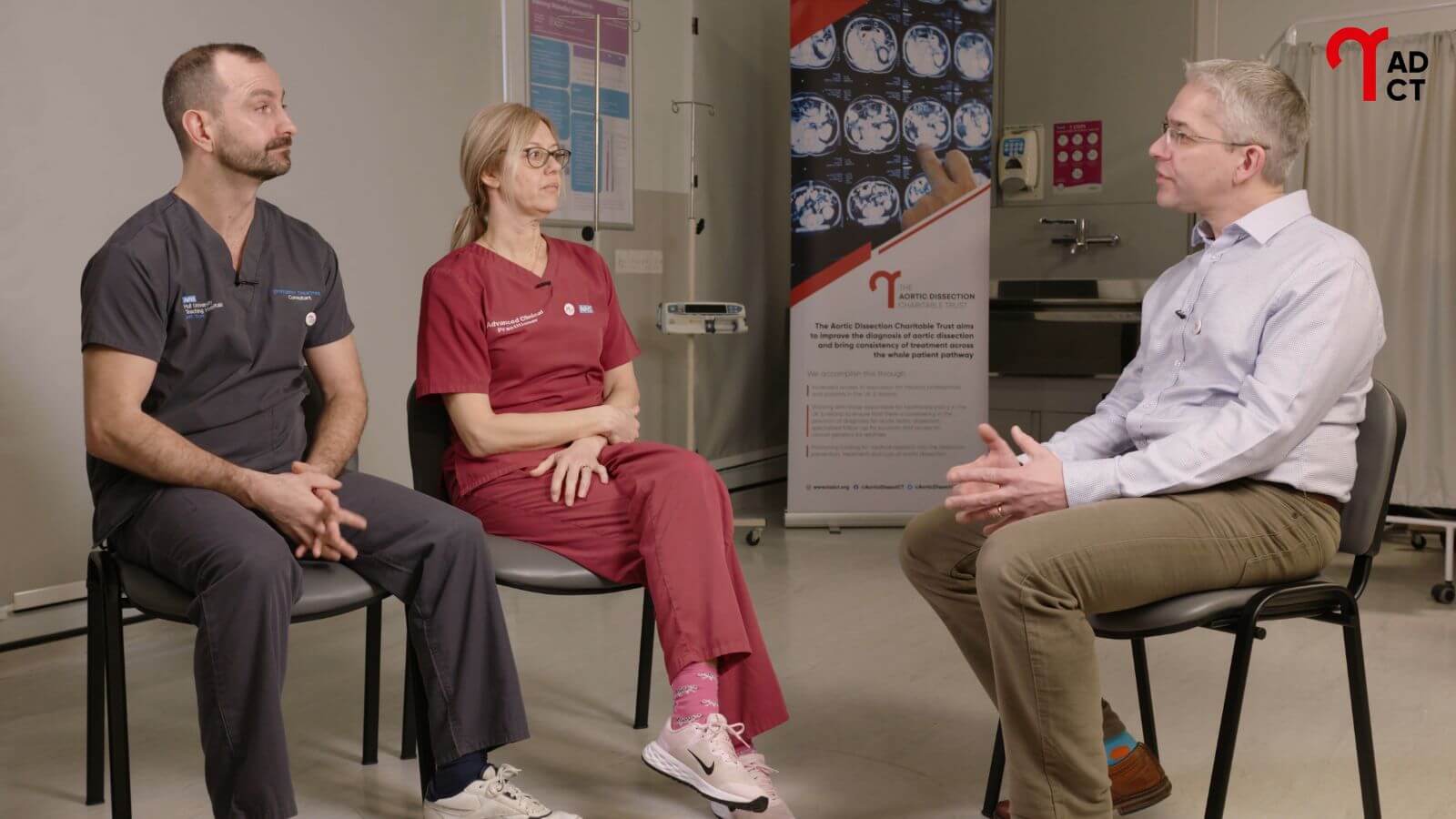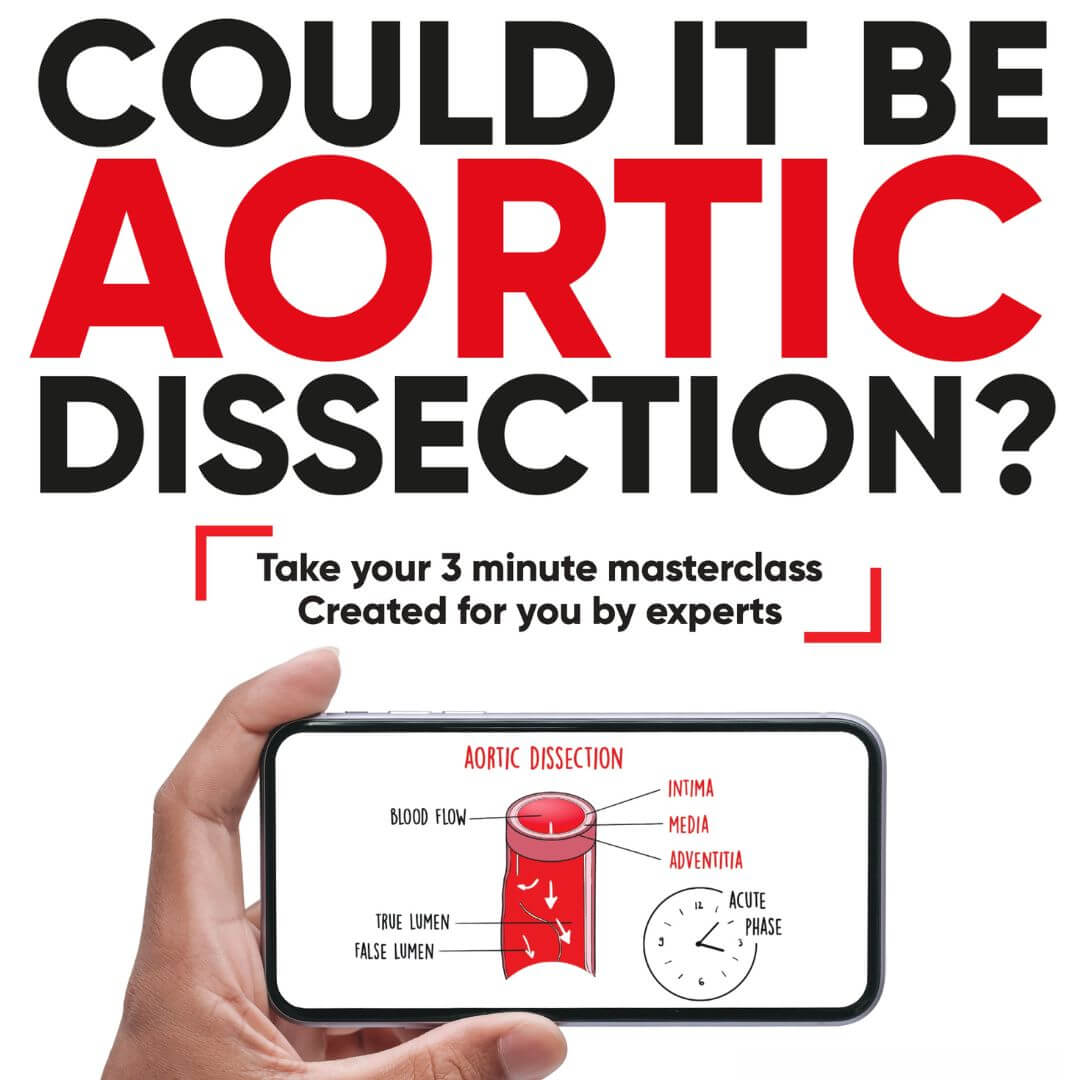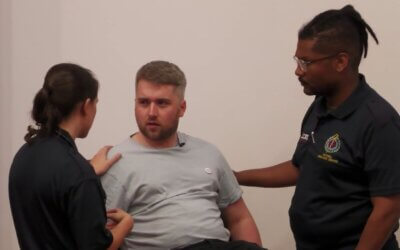Headline Results
Zero Missed Diagnoses: Achieved 100% detection rate, up from previous 88%.
Faster Diagnostics: Cut CT scan request time by over an hour.
Higher Detection Rates: Detected cases increased nearly 4x.
Recognising the profound impact of aortic dissection on loved ones and healthcare professionals, the team at Hull Royal Infirmary identified a critical need for improvement. As a result, the team has enhanced the diagnostic detection of aortic dissection by integrating Human Factors insights and leveraging the experiences of patients, earning them the 2023 Health Services Journal Patient Safety Award.
Moving Beyond Awareness
While raising awareness about aortic dissection is crucial, it must be translated into actionable strategies. As discussed by Christiano and Neimand in Stop Raising Awareness Already, the saturation of awareness campaigns often leads to message fatigue. Therefore, it is essential to use impactful messengers, clear calls to action, and strategic improvement plans to ensure awareness translates into practical changes. Understanding the real-life impact of healthcare standards on patients reconnects healthcare providers to their mission to drive meaningful action.
Harnessing Lived Experiences
The Aortic Dissection Charitable Trust has been instrumental in the journey. The charity’s participation in the departmental education meetings provided invaluable insights into the human aspects of healthcare, driving early and significant changes in the approach. The collaboration between TADCT and clinicians exemplifies the transformative power of patient and public voices in reshaping clinical care practices.
Implementing a Human Factors Approach
Real-life patient stories highlighted the knowledge gap but also pointed out behavioural factors contributing to delayed and missed diagnoses. Human Factors (HF) science, which aims to optimise human performance and well-being by understanding interactions within the healthcare environment, played a pivotal role in the approach. The HSIB investigation into delayed recognition of acute aortic dissection in 2020 emphasised the importance of HF in decision-making within the complex environment of the emergency department (ED). Hull collaborated with Paul Stretton, a Safety Scientist experienced in high-risk industries, to apply these principles effectively in the department.
Understanding Complexity and Team Performance
HF teachings often draw parallels with aviation, but healthcare’s complexity requires a different approach. Unlike the highly protocolised aviation industry, emergency medicine demands constant adaptation to changing conditions. By studying adaptive behaviours within complex systems, we can understand deviations from standard practice and improve overall system functioning. Emergency medicine, much like team sports, relies heavily on effective communication and teamwork. Patient stories highlight the need for improved communication strategies and support for safe decision-making within the team.
Building a High-Performing Team
To cultivate a team capable of effectively managing aortic dissection diagnoses, several strategic initiatives were implemented to enhance collaboration, communication, and procedural consistency:
- Flattening the Hierarchy: Empowering junior staff with check and prompt roles encouraged respectful challenge and ensured concerns about dissection were heard.
- Breaking Down Professional Barriers: Involving radiology colleagues in mortality discussions fostered a cooperative environment, eliminating concerns about pushback.
- Creating Standardisation: Hull developed a visible pathway for aortic dissection diagnosis and early management, promoting standardised diagnostic processes and early senior involvement.
- Utilising Simulation: Regular, high-fidelity simulations focused on interpersonal interactions and systemic factors complementing technical skill training, enhancing overall team performance.
Fostering Psychological Safety
Psychological safety, defined as a shared belief held by members of the team that it’s OK to admit mistakes and to express ideas. This is crucial for high-performing teams. Leaders can model this by demonstrating vulnerability and fostering a just approach to handling inadvertent harm in healthcare. This approach encourages candour and supports a learning environment.
Embracing a Just Culture
Since the 1990s, the NHS has aimed to shift from a blame culture to a Just Culture, yet many clinicians still feel they operate in a blame-oriented environment. With Paul Stretton’s guidance, Hull adapted their understanding of Just Culture, focusing on:
- Learning Not Blaming: Avoiding simplistic attributions of fault allowed for deeper organisational learning.
- Safety-II Approach: Considering all outcomes, not just failures, provided a balanced view and prevented reactionary changes.
- Systems Thinking: Examining systemic factors in delayed diagnoses highlighted the need for targeted education and improved diagnostic processes.
- Respect and Civility: Shifting focus to organisational accountability while maintaining personal accountability where necessary ensuring a respectful and comprehensive approach to patient safety.
The Case Study
Professor Matt Reed, a consultant in emergency medicine at the Royal Infirmary of Edinburgh, emphasises the complexities and critical importance of diagnosing aortic dissection – a condition that often presents with vague symptoms such as chest, abdominal, or back pain. At Hull Royal Infirmary, significant advancements in recognising aortic dissection within emergency settings have been made by Dr Austin Smithies and Lee Norman, the case study also highlights contributions from Matt Hurwood, a paramedic with the Yorkshire Ambulance Service, and Martin Hilton, a patient who successfully recovered from an aortic dissection. Additionally, the poignant story of Pauline Latham MP, who tragically lost her son due to a missed diagnosis of aortic dissection in the emergency department, underscores the urgent need for continued advancements in care.
Pre-Hospital Adaptation
Matt Hurwood highlights the importance of early recognition in the pre-hospital setting, stressing the need for a low threshold for suspicion and effective communication with in-hospital teams. He emphasises that many patients with aortic dissection may not survive long enough to reach the hospital if the condition is not suspected early. Therefore, it is crucial for paramedics and first responders to be well-educated about the signs and symptoms of aortic dissection and to maintain a high index of suspicion, especially in cases presenting with atypical symptoms such as isolated back or abdominal pain.
Matt points out that integrating this awareness into the standard training and protocols for paramedics would significantly enhance early detection rates. He also highlights the importance of structured communication, recommending that any suspicion of aortic dissection or related malperfusion syndromes be communicated clearly and promptly to emergency department teams to ensure timely and appropriate intervention.
Patient Experience
Martin Hilton shares his experience of aortic dissection, underscoring the critical nature of swift and accurate diagnosis. Despite initially subtle symptoms, such as a sensation resembling indigestion rather than severe pain, the prompt response from emergency services played a crucial role in his survival. Martin’s story highlights the seamless coordination between pre-hospital care and emergency department teams, illustrating how the integration of rapid diagnostics and effective clinical processes can significantly impact patient outcomes.
Outcomes
These initiatives led to remarkable improvements:
- Zero Missed Diagnoses: No missed aortic dissections in 18 cases during the study period compared to two in 17 baseline cases.
- Reduced Diagnostic Time: The average time from clinician assessment to CT scan request decreased from 1 hour 54 minutes to 32 minutes.
- Improved Survival Rates: A 30-day survival rate increased from 53% to 67%. Although this is not statistically significant, earlier detection would be expected to correlate with improved outcomes.
- Increased CTA Requests: Sustained increase in CTA requests, indicating heightened diagnostic consideration.
- Higher Incidence Detection: A nearly fourfold increase in detected cases compared to the baseline period.
Next Steps
The team aims to expand this project regionally through the Aortic Dissection Toolkit, targeting various staff groups involved in the patient journey:
- Ambulance Service Training: Educating paramedics to raise early alarms.
- Triage Nurse Training: Equipping nurses with essential diagnostic skills.
- Data Collection: Creating a database to track aortic dissection presentations and outcomes.
- Comprehensive Education Programme: Addressing knowledge gaps, governance, leadership, and patient safety investigation procedures.
This project at Hull Royal Infirmary has showcased how systematic changes and persistent efforts can significantly enhance the recognition and treatment of aortic dissection in emergency settings. By fostering a culture of continuous learning and collaboration, we can improve patient outcomes and ensure that aortic dissections are promptly and effectively manage for every patient.





